
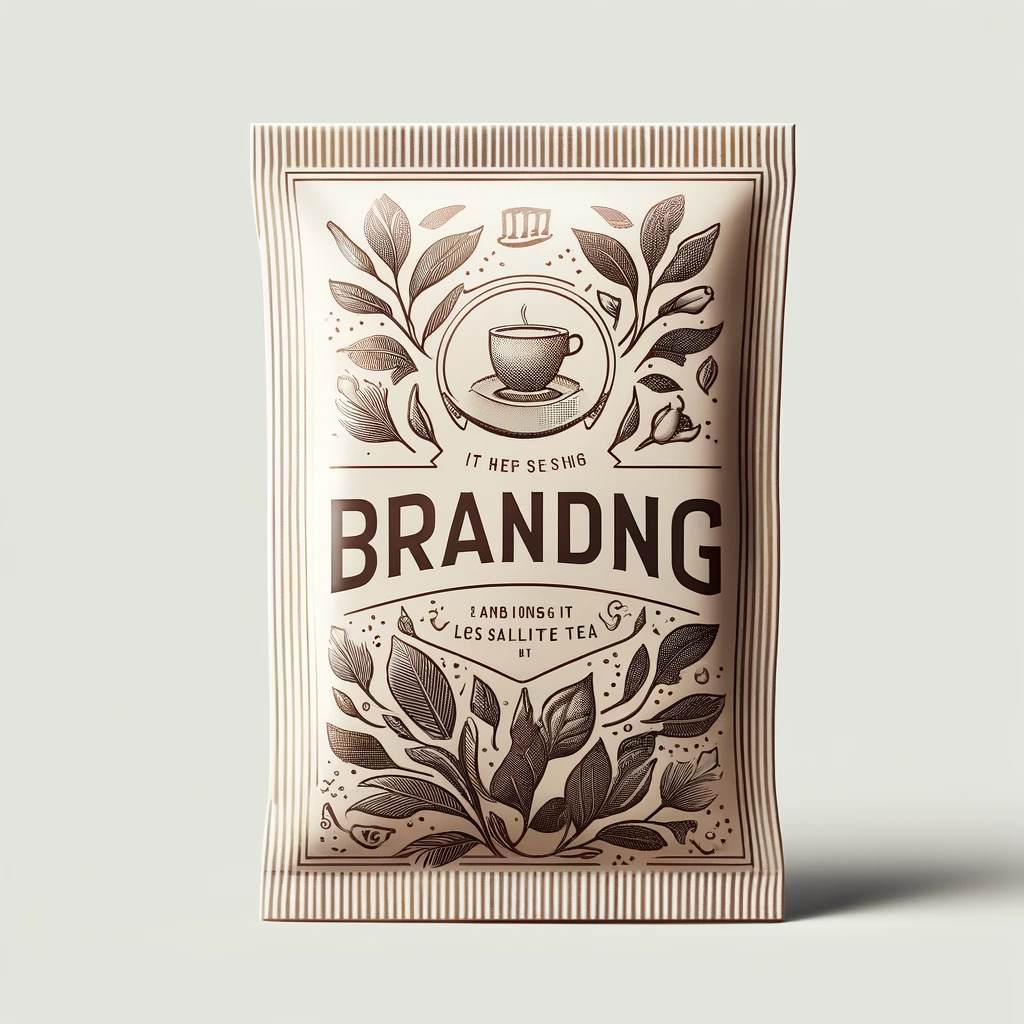
As a leading producer of Flexible Packaging with over 20 years of expertise in tea packaging, XLD understands the critical role packaging plays in the tea industry. From preserving the delicate flavours and aromas of tea to meet evolving consumer expectations, packaging innovations are crucial. This comprehensive exploration will delve into the major trends and technological advancements shaping the tea packaging industry in 2024 and beyond.
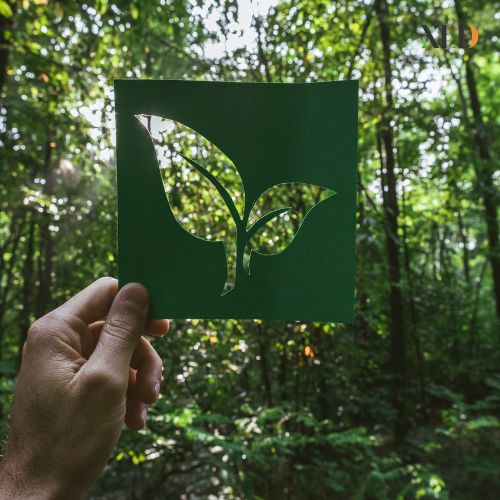
Sustainability is at the forefront of modern packaging trends, driven by both regulatory pressures and consumer demand for environmentally responsible products. Paper and paperboard are expected to dominate the tea packaging market due to their recyclability and lower environmental impact. These materials are set to account for 37.9% of the total market share in 2024.
Beyond traditional paper and paperboard, there is a growing interest in biodegradable and compostable packaging materials. These options help reduce waste and cater to eco-conscious consumers. Companies like Amcor Plc and WestRock Company are innovating with materials that offer both durability and environmental benefits, helping to lower carbon footprints while maintaining product integrity.
Reducing the overall weight of packaging materials not only lowers transportation costs but also minimizes environmental impact. Innovations in lightweight yet durable materials are helping companies achieve these goals. The focus is on creating packaging that is strong enough to protect the product while being as light as possible to reduce emissions during transportation.
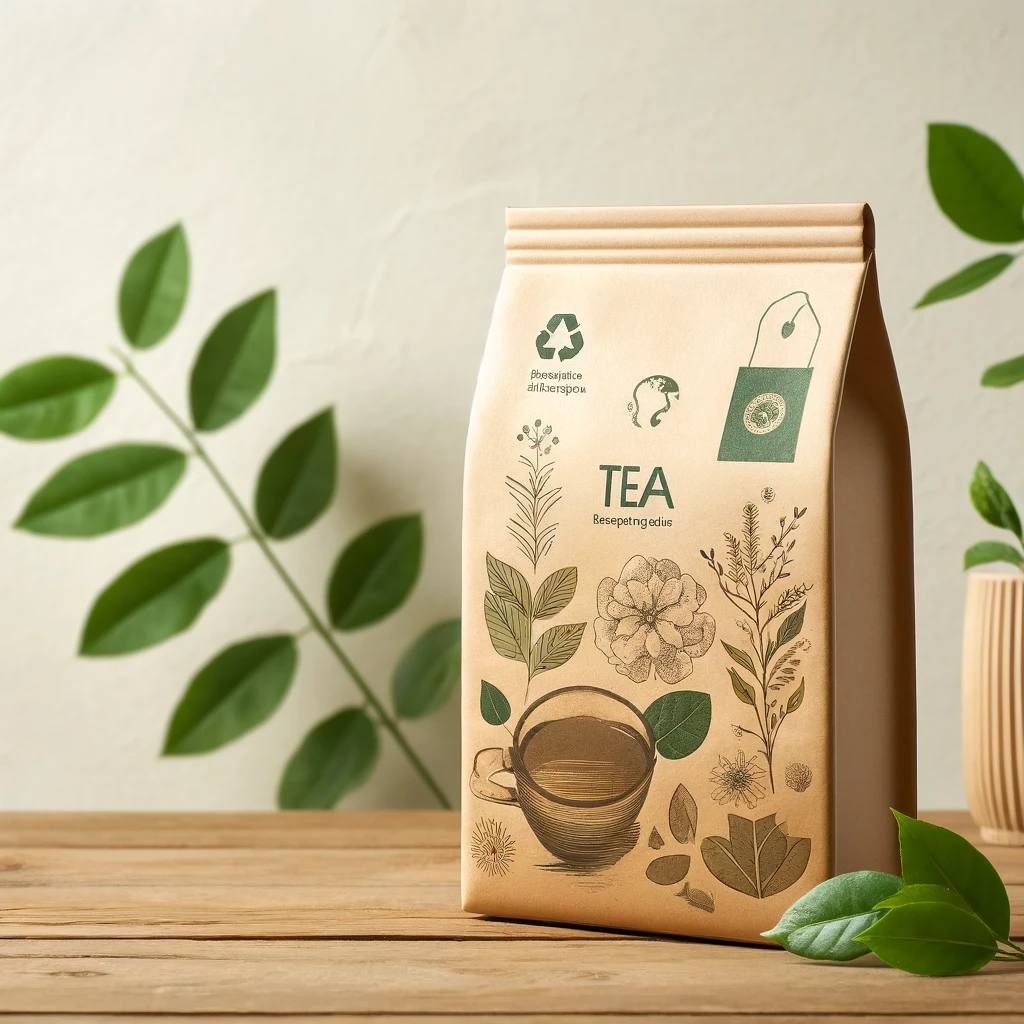
Minimalist packaging design continues to gain traction, favored for its clean, uncluttered look and environmental benefits. This design approach emphasizes simplicity, using fewer materials and focusing on essential elements. Minimalist packaging often features clean lines, subtle colors, and minimal text, which can convey sophistication and sustainability to consumers.
On the other end of the spectrum, vibrant colors and bold shapes are used to create eye-catching designs that stand out on retail shelves. This trend is particularly effective in attracting younger consumers who are drawn to visually striking products. Brands like Sugar Cosmetics are leading the way with packaging that utilizes bright colors and unique shapes to make their products instantly recognizable.
Incorporating local and cultural elements into packaging design helps create a sense of authenticity and connection with consumers. This trend involves using traditional patterns, local artwork, and culturally significant symbols to tell a story and highlight the origin of the tea. It not only enhances the visual appeal of the packaging but also builds trust and engagement with the consumer base.
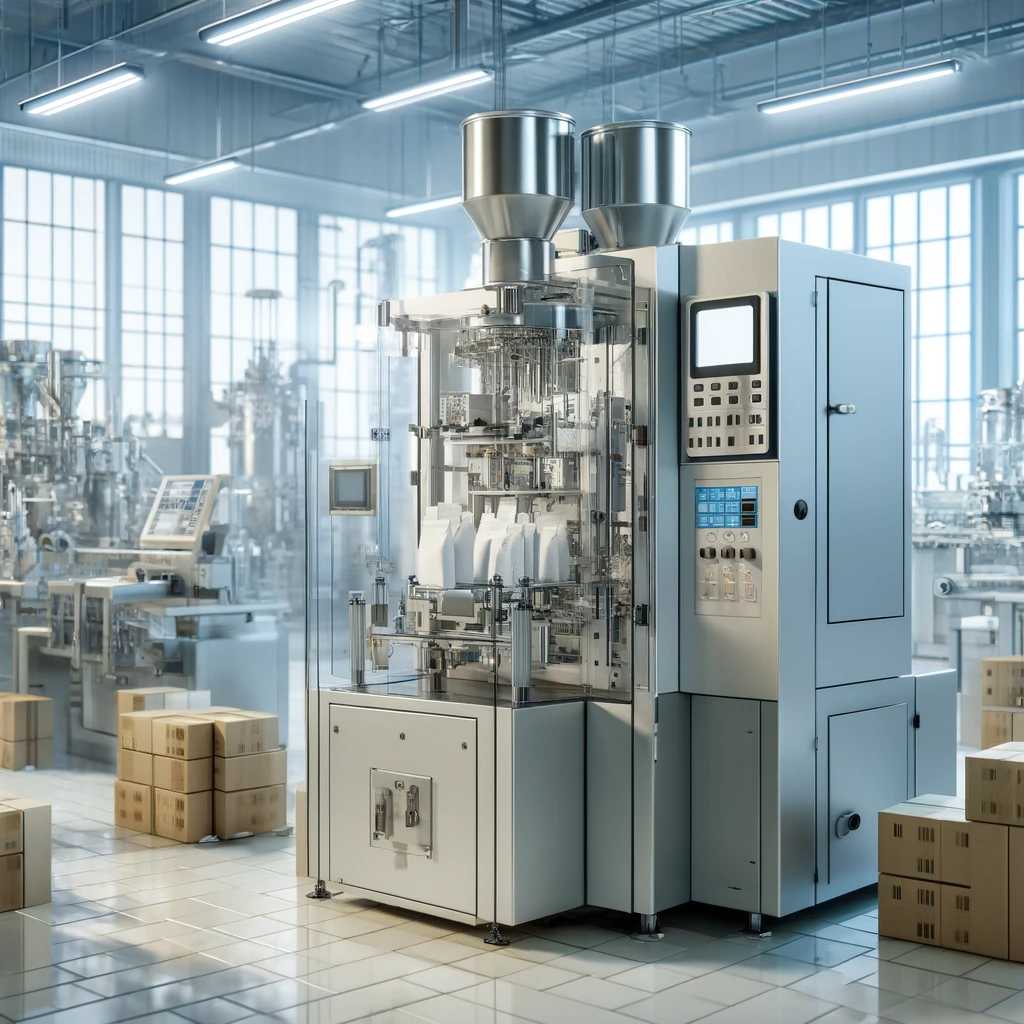
The tea packaging industry is increasingly adopting advanced machinery to improve efficiency and product quality. Automatic tea bag machines, for instance, are capable of high-speed production and precise packaging, ensuring consistency and freshness. These machines are equipped with features like nitrogen flushing to preserve the tea's quality by preventing oxidation.
Smart packaging technologies are being integrated to provide additional functionality, such as QR codes that offer consumers detailed product information, including sourcing, health benefits, and brewing tips. These interactive elements can enhance the consumer experience and build brand loyalty by providing a deeper connection to the product.
Preservation of tea's delicate flavors and aromas is a critical aspect of packaging. Innovations such as vacuum sealing, nitrogen flushing, and moisture-resistant materials are becoming standard practices to ensure that tea remains fresh from production to consumption. These techniques are essential for maintaining the quality of high-end and specialty teas, which are particularly sensitive to environmental factors.
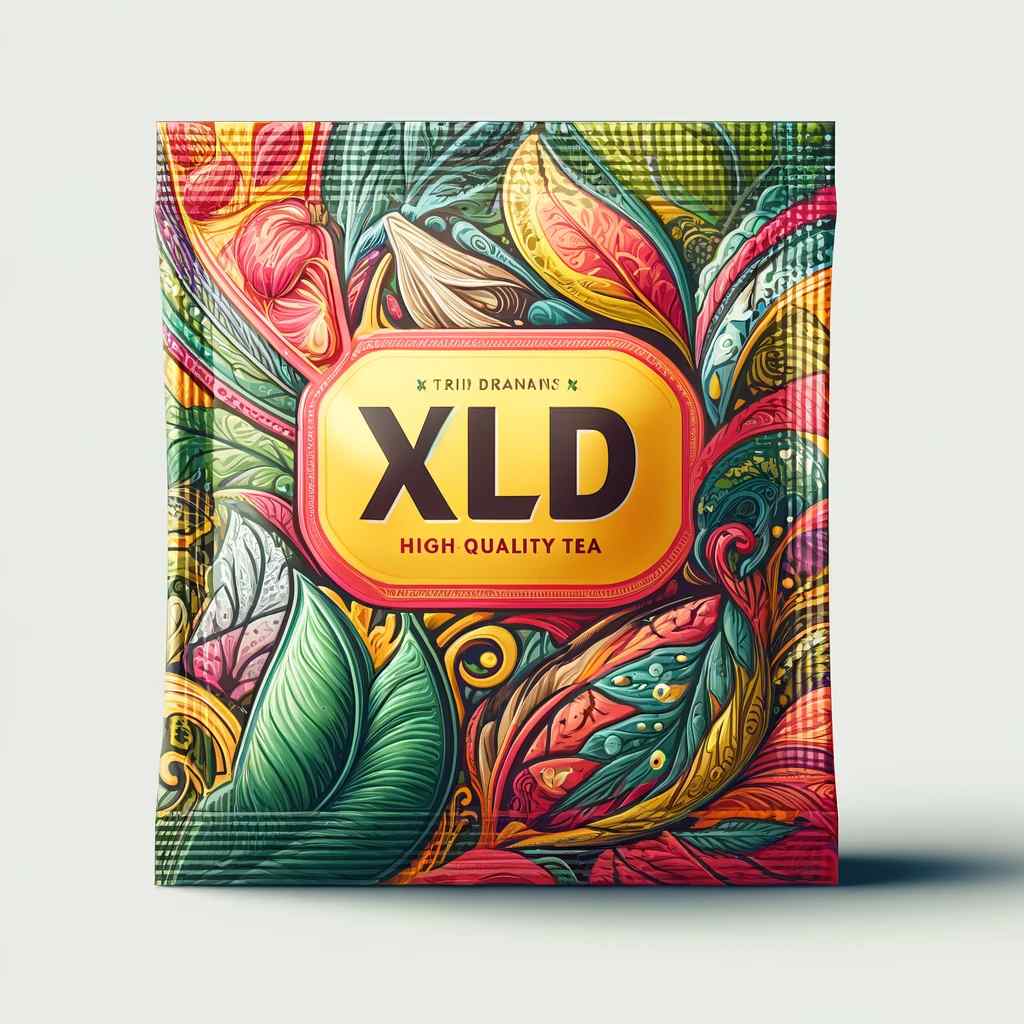
The growing consumer interest in health and wellness is influencing tea packaging trends. Packaging that highlights the health benefits of tea, such as antioxidant properties, mood-enhancing effects, and digestive aids, is becoming more common. Brands are focusing on communicating these benefits clearly on their packaging to attract health-conscious consumers.
Consumers are increasingly seeking organic and natural products, and this trend is reflected in tea packaging. Organic certification and natural ingredient claims are prominently displayed to assure consumers of the product's purity and health benefits. This trend is particularly strong in North America, where organic positioning is a leading claim for tea products.
Herbal and functional teas, which offer specific health benefits such as relaxation, detoxification, and energy boosts, are gaining popularity. Packaging for these teas often includes detailed information about the herbs and their benefits, catering to consumers who are looking for targeted wellness solutions. This segment is expected to grow as more consumers turn to tea for its functional properties.
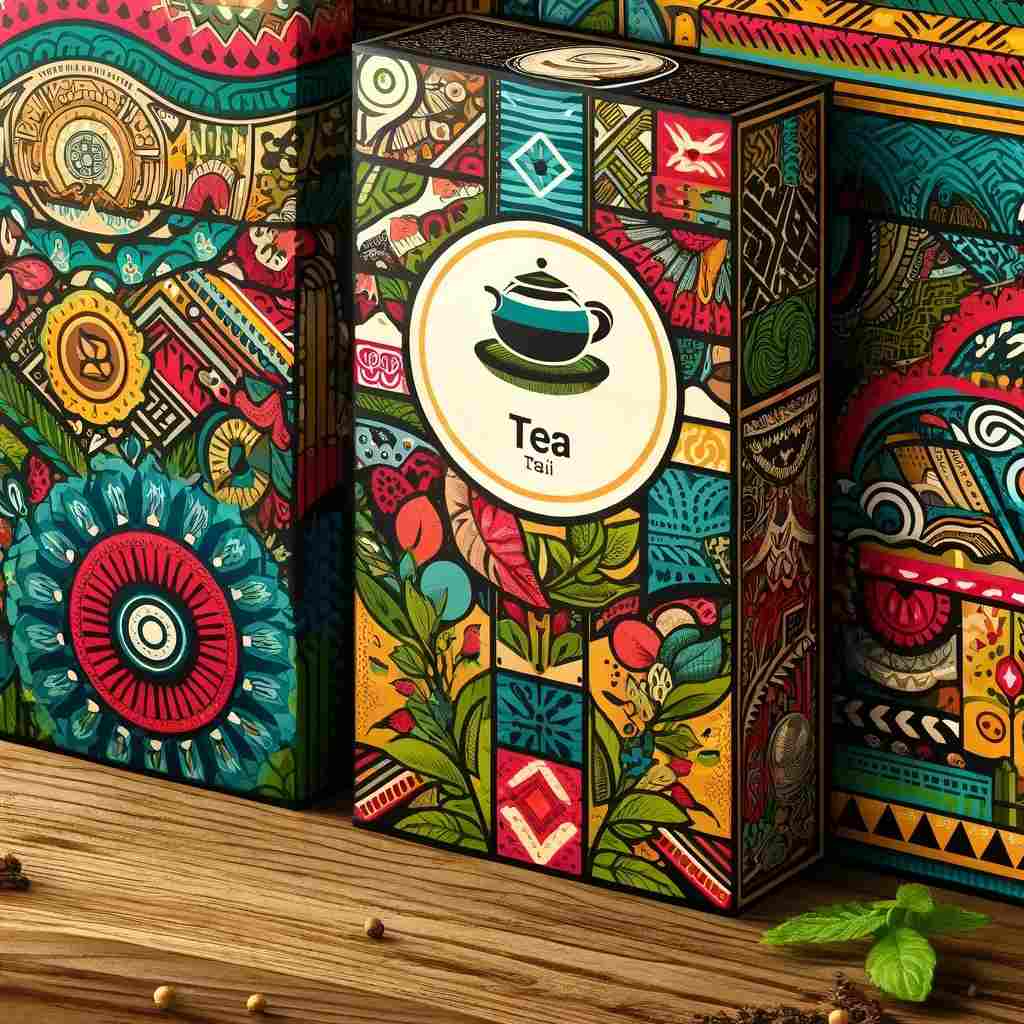
The tea packaging market is becoming increasingly competitive, with new entrants focusing on innovative and sustainable solutions to gain market share. Established companies are also investing heavily in research and development to stay ahead of the competition. The market's projected growth rate of 5.5% indicates robust demand and the potential for significant innovation in the coming years.
Companies are forming strategic partnerships and collaborations to enhance their capabilities and expand their market reach. These partnerships often involve sharing technology and expertise to develop new packaging solutions that meet the evolving demands of consumers and regulators. Collaborations with sustainability-focused organizations are also common as companies seek to improve their environmental impact.
Different regions have unique preferences and regulatory requirements for tea packaging. Understanding these regional differences is crucial for companies looking to expand globally. For instance, North America has a strong preference for organic and natural products, while Europe is focused on sustainability and recyclability. Companies must tailor their packaging strategies to meet the specific needs and expectations of each market.
FAQs
Eco-friendly tea packaging offers several benefits, including reducing environmental impact through recyclable and biodegradable materials, meeting regulatory requirements, and appealing to eco-conscious consumers. These packaging solutions also help in reducing waste and lowering transportation costs due to their lightweight nature.
Minimalist design enhances brand appeal by conveying sophistication and sustainability through clean lines, subtle colors, and minimal text. This design approach reduces material usage and resonates with consumers looking for high-quality, eco-friendly products.
Smart packaging solutions in the tea industry include QR codes that provide detailed product information, such as sourcing, health benefits, and brewing tips. These interactive elements enhance consumer engagement and build brand loyalty by offering a personalized experience.
Advanced packaging machinery benefits tea manufacturers by improving efficiency and product quality. Machines like automatic tea bag machines ensure high-speed production and consistency, while technologies such as nitrogen flushing preserve the quality of tea by preventing oxidation.
Incorporating local and cultural themes in tea packaging helps brands connect with consumers on a deeper level by telling a story about the tea's origin. This approach adds visual interest, builds trust, and engages consumers by highlighting the authenticity and heritage of the product.
The future of tea packaging is shaped by a blend of sustainability, innovative design, advanced technology, and health-conscious trends. As the market continues to grow, staying ahead of these trends will be crucial for companies like XLD to maintain a competitive edge. By embracing eco-friendly materials, minimalist designs, and cutting-edge technologies, brands can not only meet consumer expectations but also contribute to a more sustainable future.
For more detailed insights and to explore our wide range of packaging solutions, please visit our website or contact us directly. At XLD, we are committed to providing high-quality, innovative packaging that meets the evolving needs of the tea industry.